Ruperra Castle History
Ruperra Castle was built in 1626 by Sir Thomas Morgan, who was knighted by King James I. It was a typical Jacobean courtier's house, an example of the Great Rebuilding of the 16th and 17th Centuries. King Charles I stayed there in 1645, raising support after the Battle of Naseby. A deer park was recorded in 1684 when the 1st Duke of Beaufort, Henry Somerset feasted there. There were viewing points through the trees and beautiful grassed rides up to the summer house, where the family took tea at that time.
After being destroyed by fire in 1785, the castle was rebuilt and the original gables replaced by battlements.
In 1875, Captain Godfrey Charles Morgan of the Charge of the Light Brigade fame, became Lord Tredegar and during the 19th Century, the eldest son of the Tredegar family lived at Ruperra.
Ruperra saw its heyday as a great Victorian country estate with historic gardens and parklands. In the 1920's, many repairs were made but the Tredegar fortunes declined. In 1941, on the same day Pearl Harbour was attacked, the Castle was once again destroyed by fire when British troops were billeted there. The estate was sold as a farm not long after the war and the castle has stood as a romantic ruin, overgrown and deteriorating ever since.
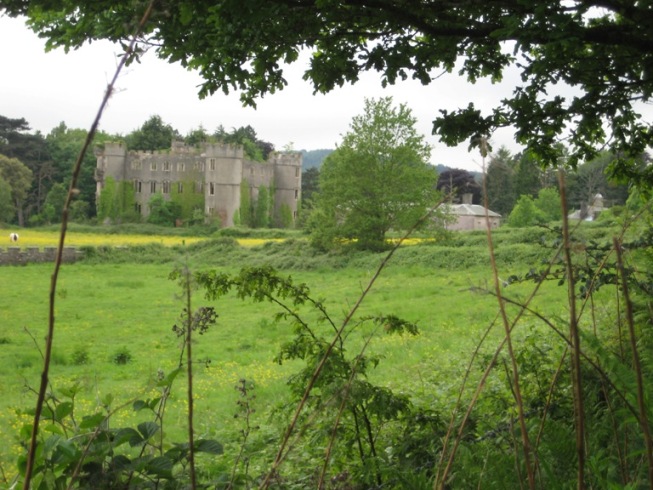
Click here for the Full Gallery. A Small Screen Friendly Version.
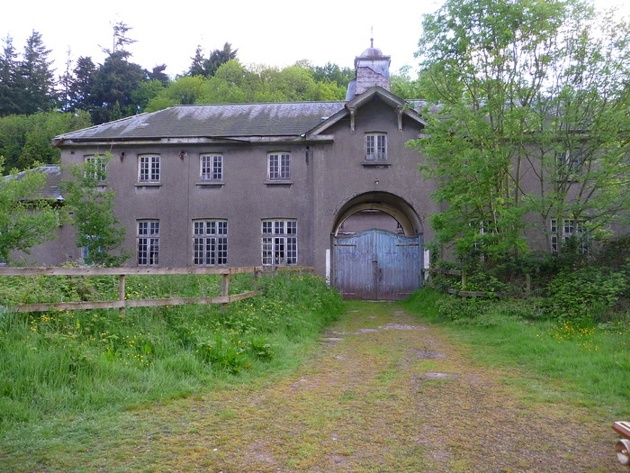
Click here for the Full Gallery. A Small Screen Friendly Version.
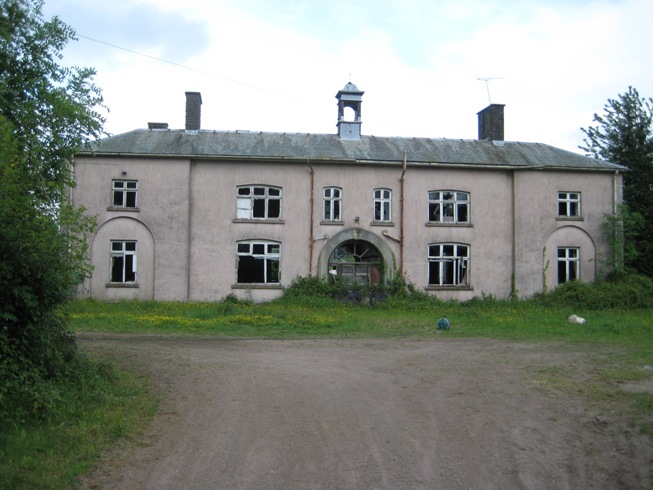
Click here for the Full Gallery. A Small Screen Friendly Version.

Click here for the Full Gallery. A Small Screen Friendly Version.
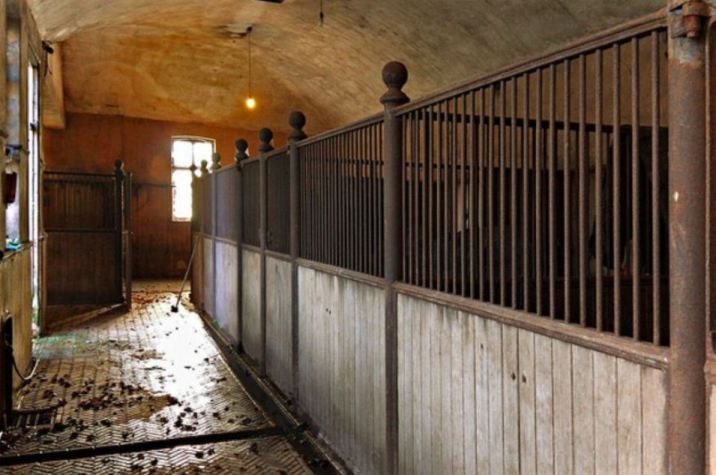
Click here for the Full Gallery. A Small Screen Friendly Version.
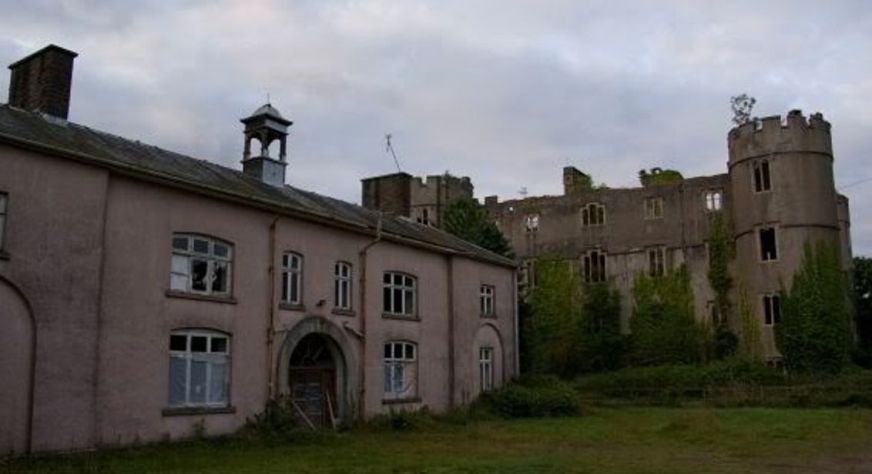
Click here for the Full Gallery. A Small Screen Friendly Version.
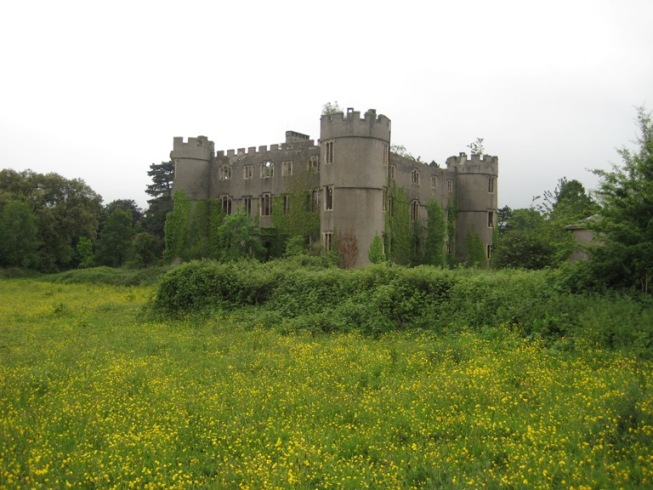
Click here for the Full Gallery. A Small Screen Friendly Version.
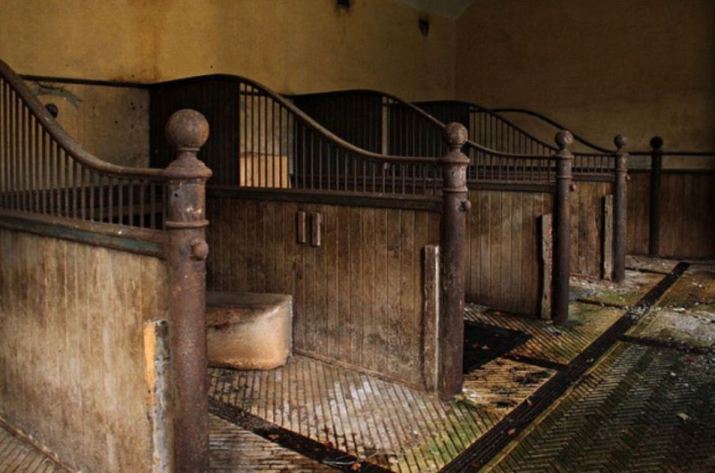
Click here for the Full Gallery. A Small Screen Friendly Version.
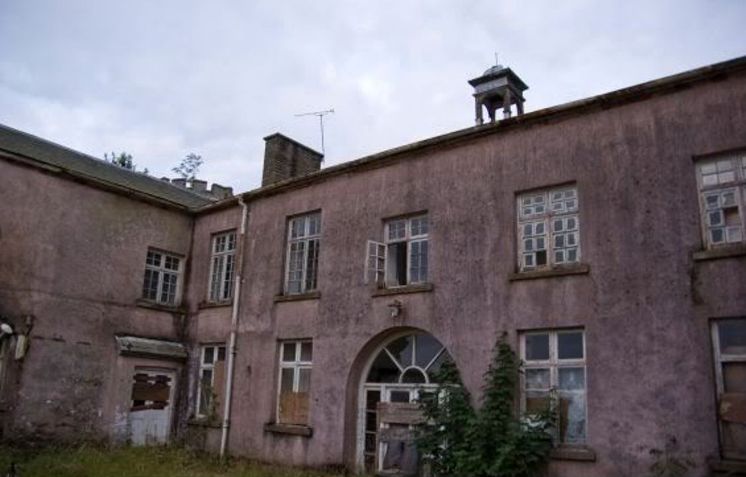
Click here for the Full Gallery. A Small Screen Friendly Version.
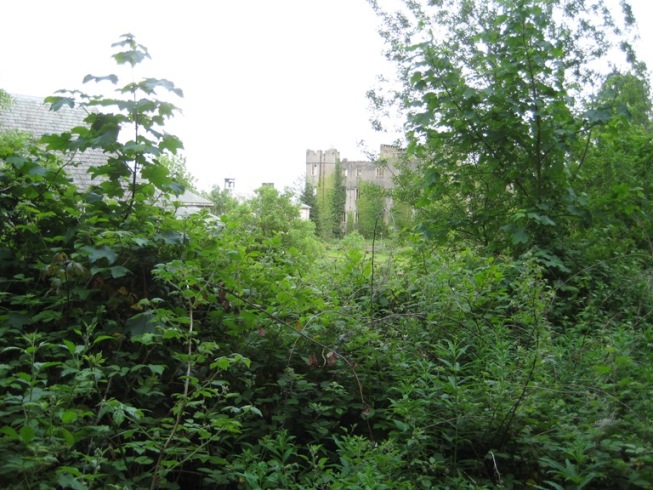
Click here for the Full Gallery. A Small Screen Friendly Version.
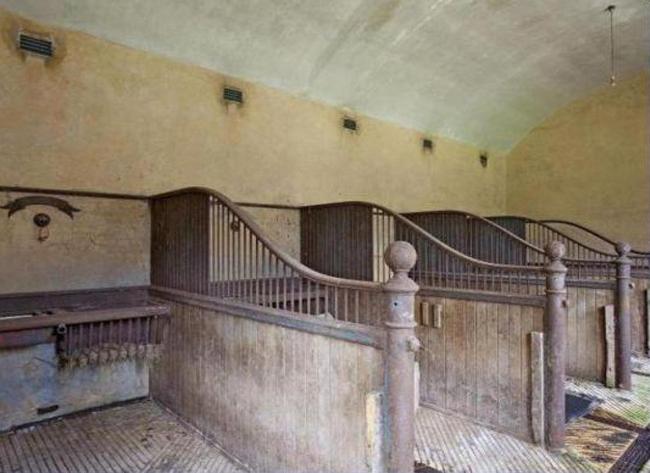
Click here for the Full Gallery. A Small Screen Friendly Version.
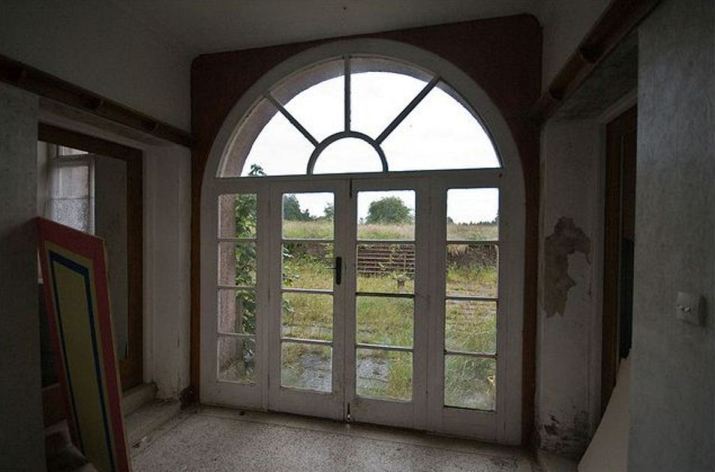
Click here for the Full Gallery. A Small Screen Friendly Version.
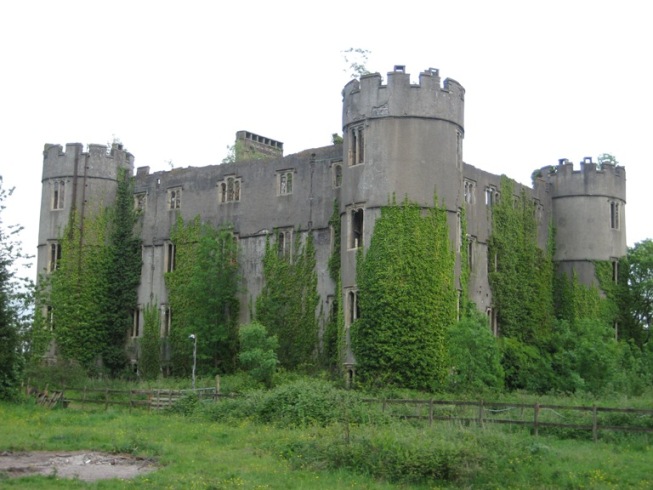
Click here for the Full Gallery. A Small Screen Friendly Version.

Click here for the Full Gallery. A Small Screen Friendly Version.
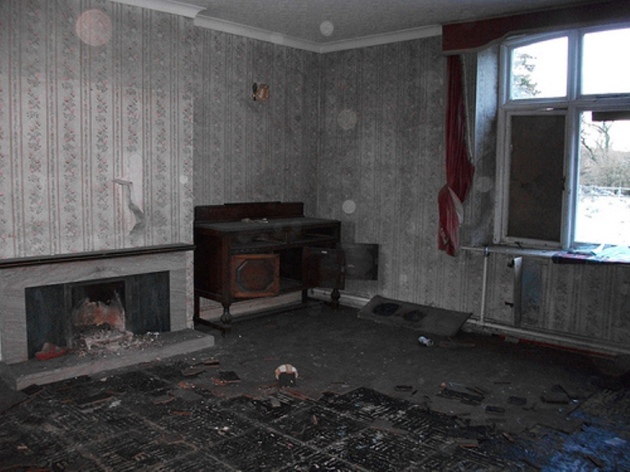
Click here for the Full Gallery. A Small Screen Friendly Version.
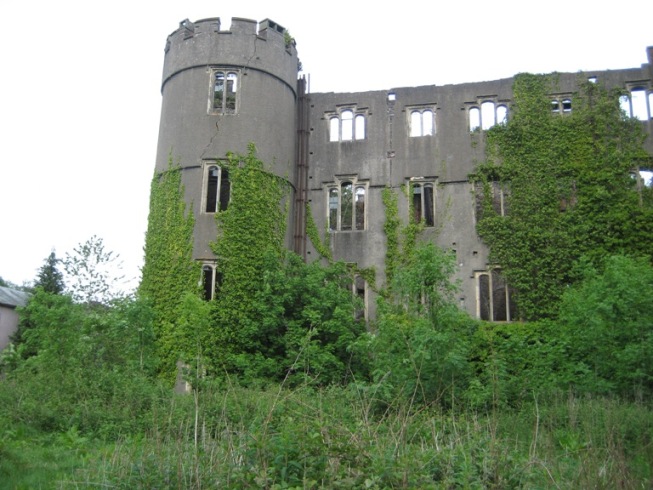
Click here for the Full Gallery. A Small Screen Friendly Version.
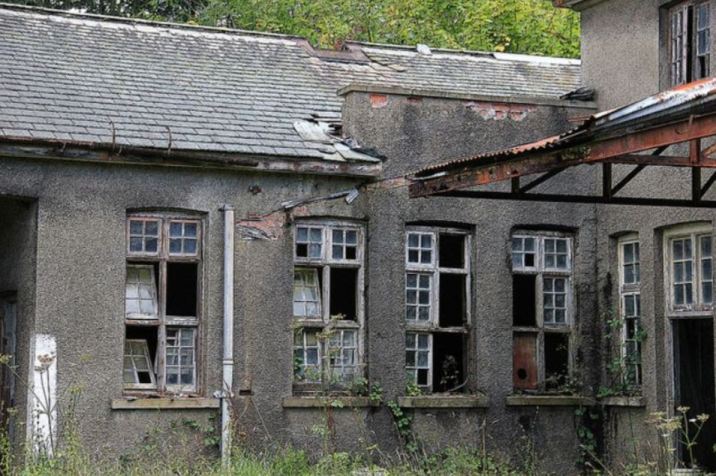
Click here for the Full Gallery. A Small Screen Friendly Version.
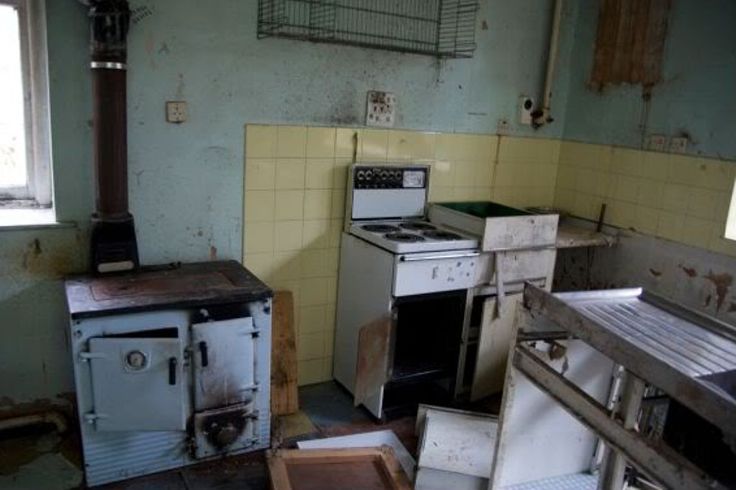
Click here for the Full Gallery. A Small Screen Friendly Version.

Click here for the Full Gallery. A Small Screen Friendly Version.
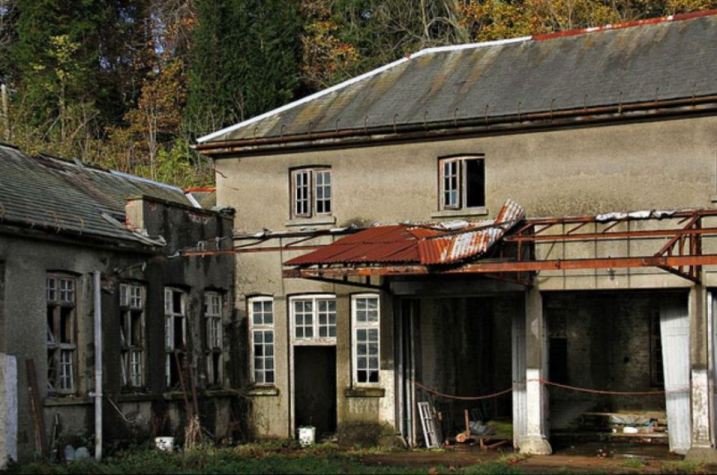
Click here for the Full Gallery. A Small Screen Friendly Version.
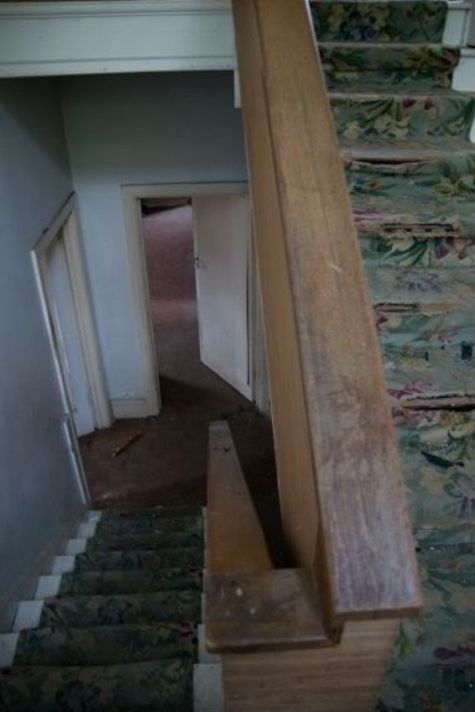
Click here for the Full Gallery. A Small Screen Friendly Version.
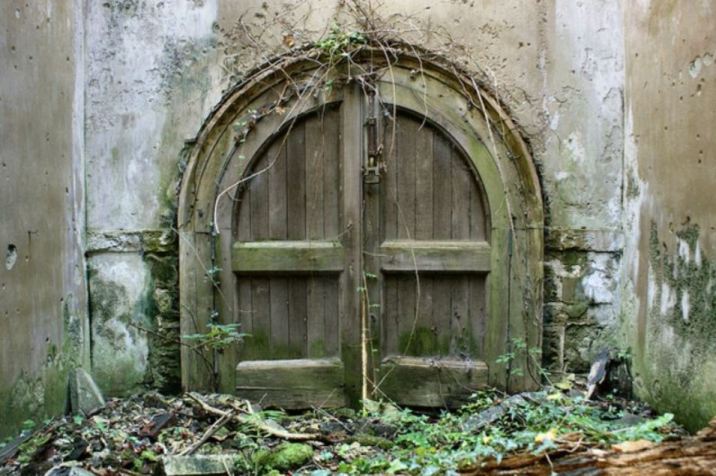
Click here for the Full Gallery. A Small Screen Friendly Version.
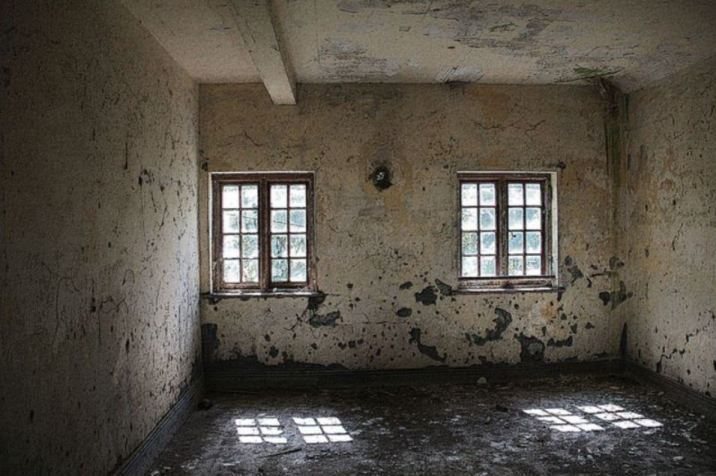
Click here for the Full Gallery. A Small Screen Friendly Version.
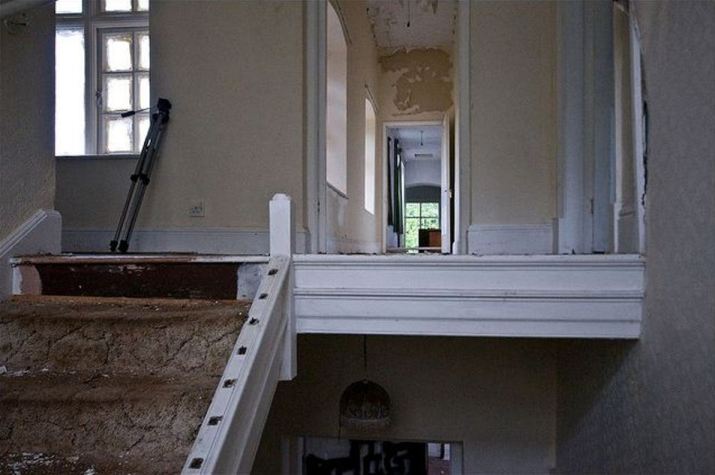
Click here for the Full Gallery. A Small Screen Friendly Version.
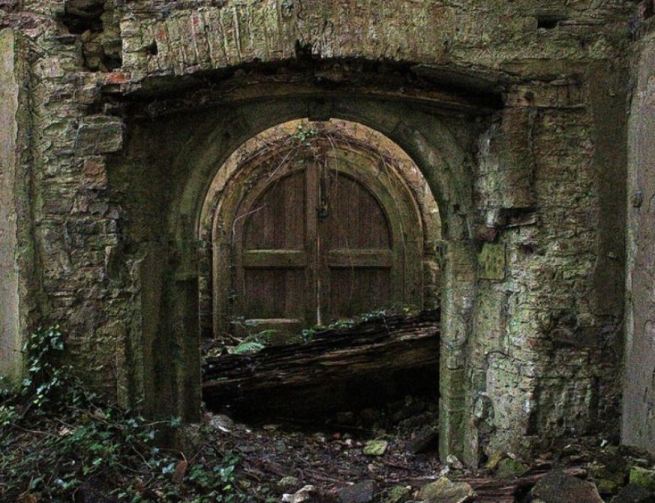
Click here for the Full Gallery. A Small Screen Friendly Version.
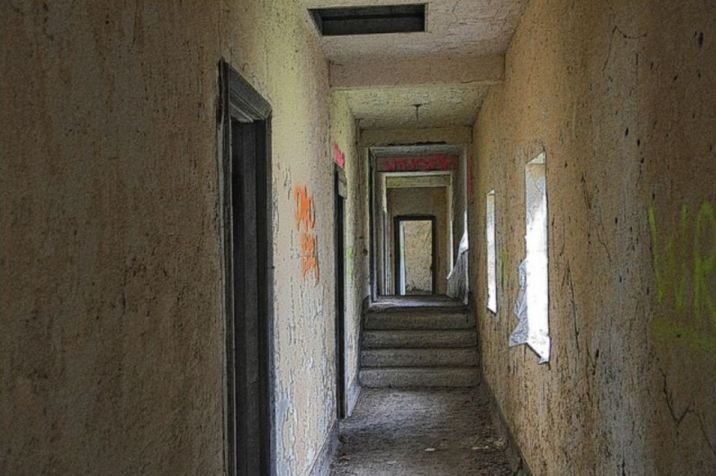
Click here for the Full Gallery. A Small Screen Friendly Version.
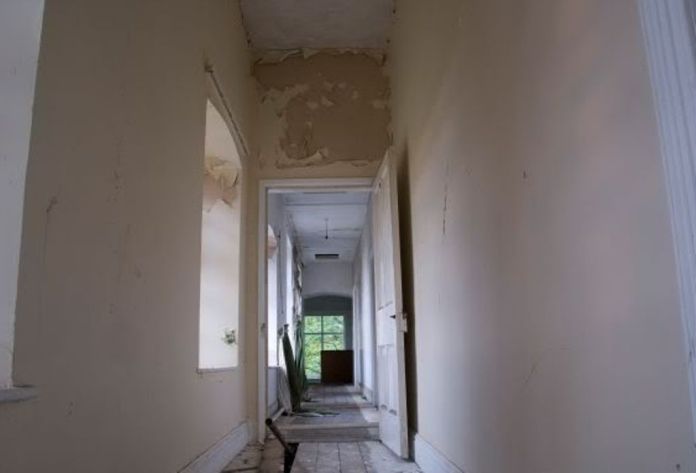
Click here for the Full Gallery. A Small Screen Friendly Version.
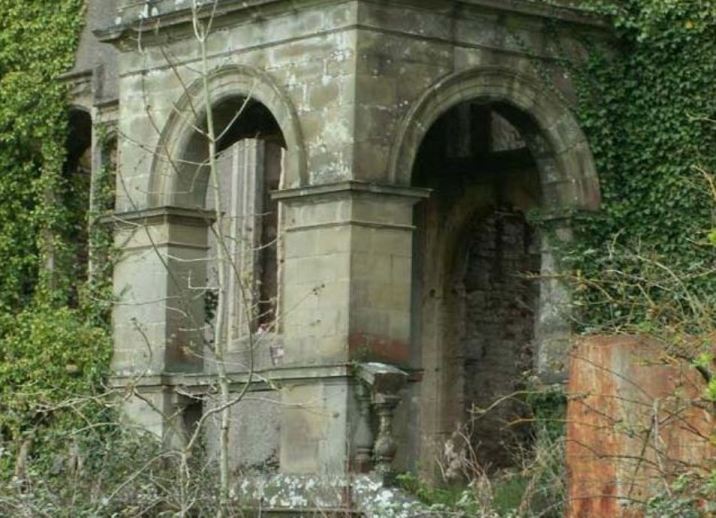
Click here for the Full Gallery. A Small Screen Friendly Version.
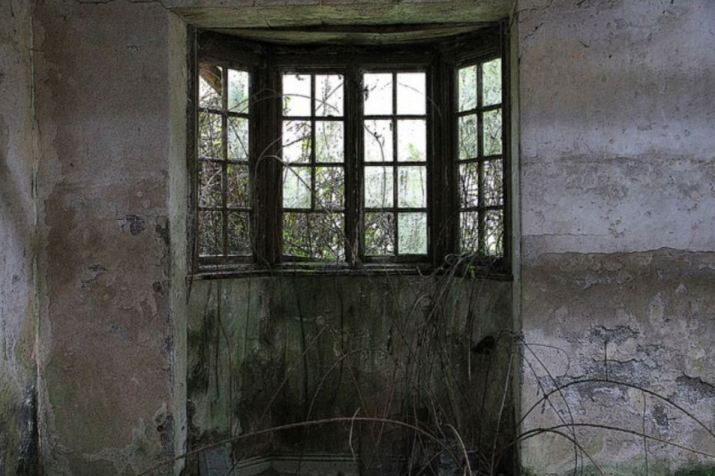
Click here for the Full Gallery. A Small Screen Friendly Version.

Click here for the Full Gallery. A Small Screen Friendly Version.
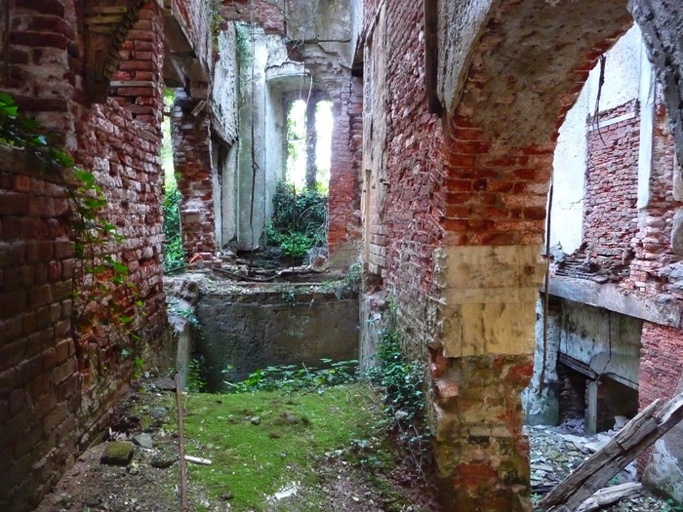
Click here for the Full Gallery. A Small Screen Friendly Version.
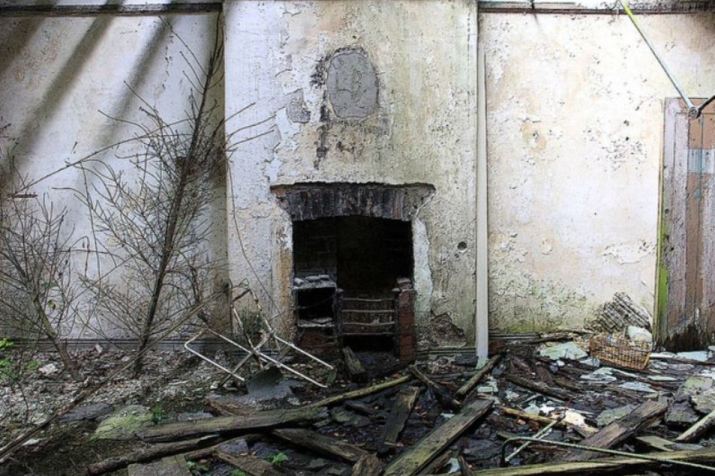
Click here for the Full Gallery. A Small Screen Friendly Version.
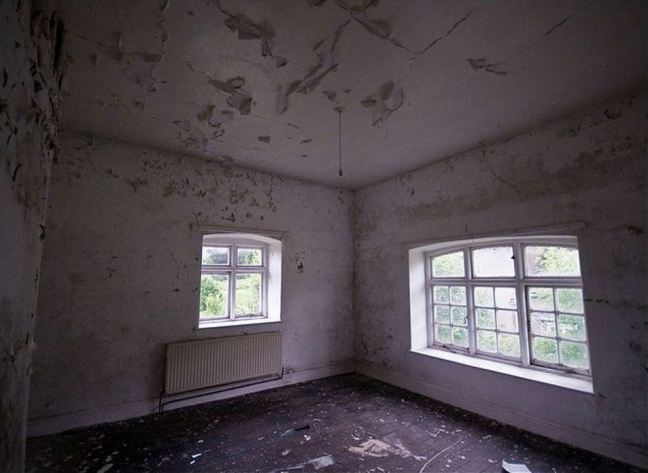
Click here for the Full Gallery. A Small Screen Friendly Version.
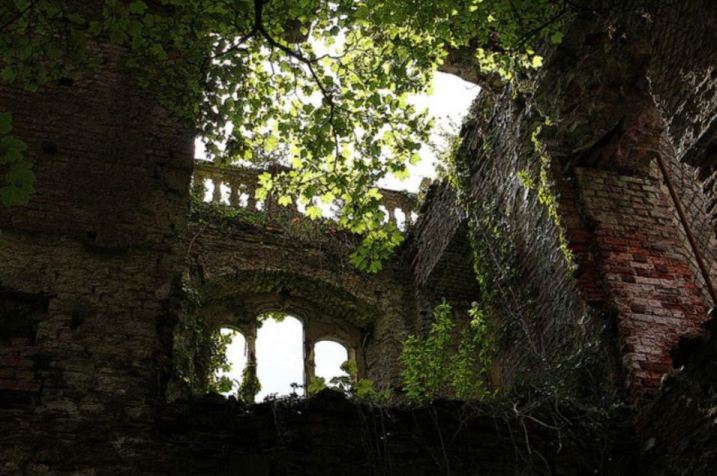
Click here for the Full Gallery. A Small Screen Friendly Version.
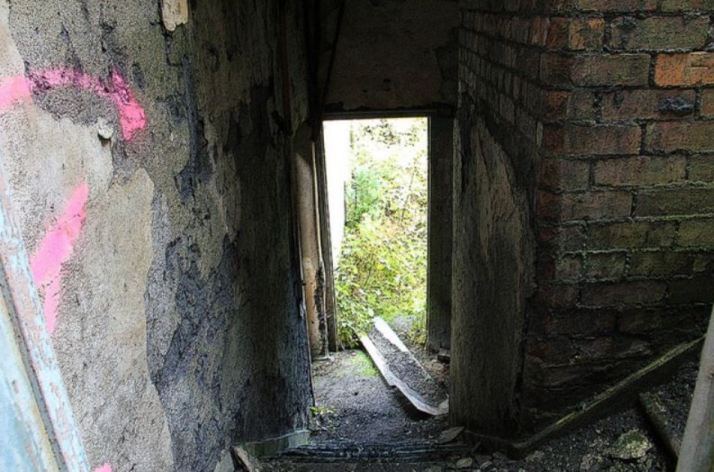
Click here for the Full Gallery. A Small Screen Friendly Version.
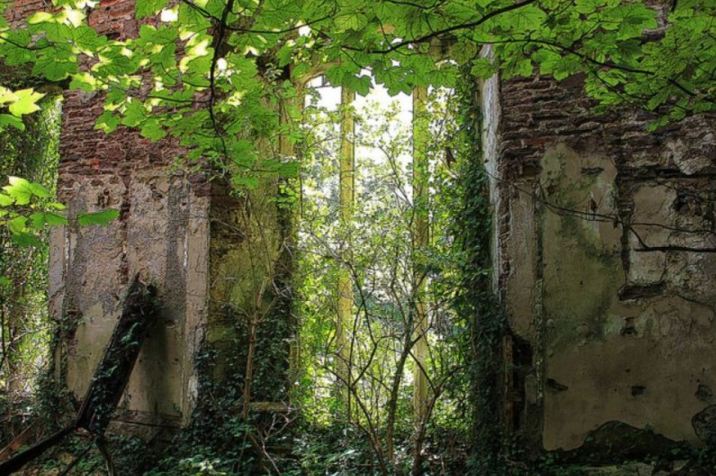
Click here for the Full Gallery. A Small Screen Friendly Version.
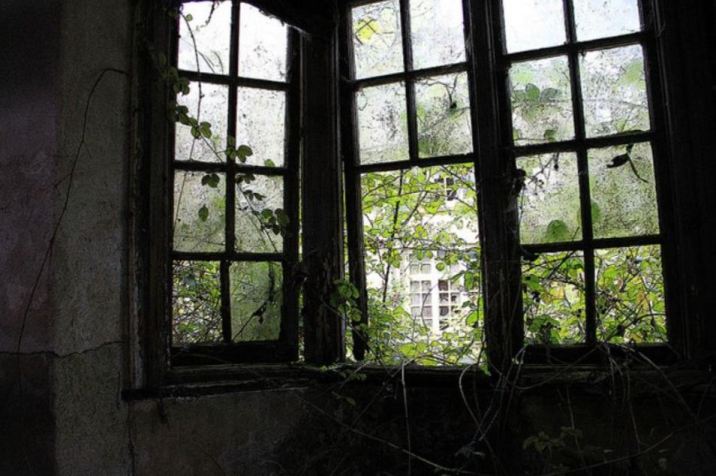
Click here for the Full Gallery. A Small Screen Friendly Version.

Click here for the Full Gallery. A Small Screen Friendly Version.
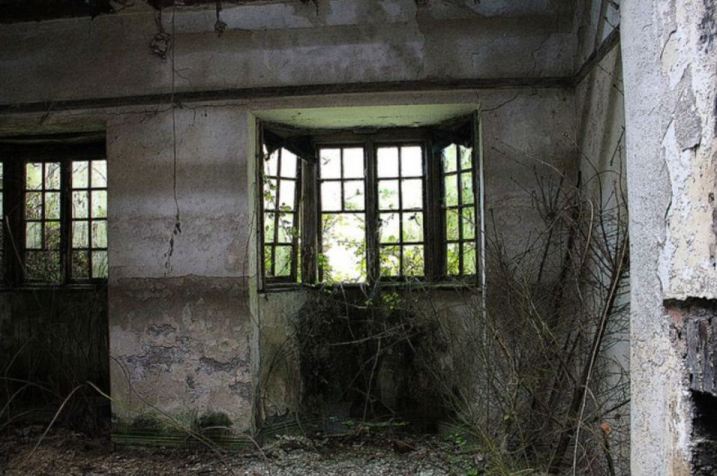
Click here for the Full Gallery. A Small Screen Friendly Version.
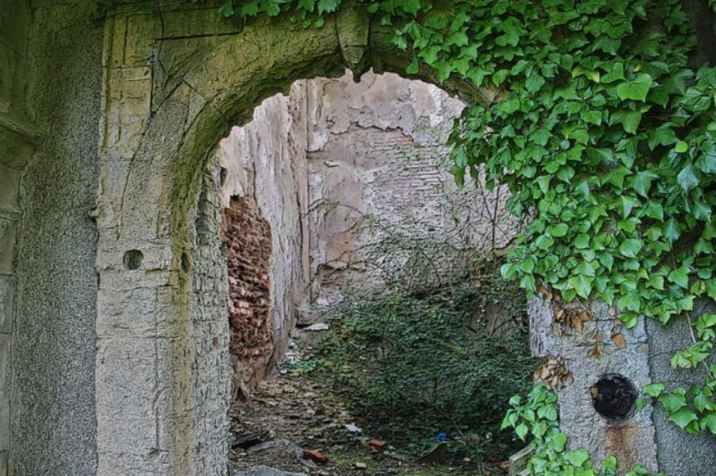
Click here for the Full Gallery. A Small Screen Friendly Version.
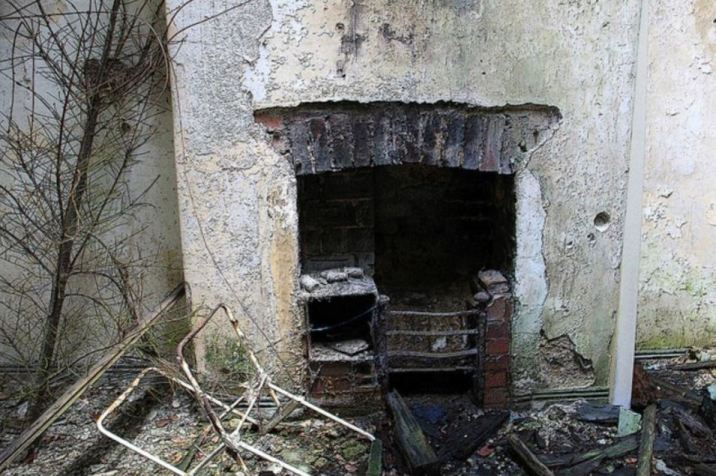
Click here for the Full Gallery. A Small Screen Friendly Version.
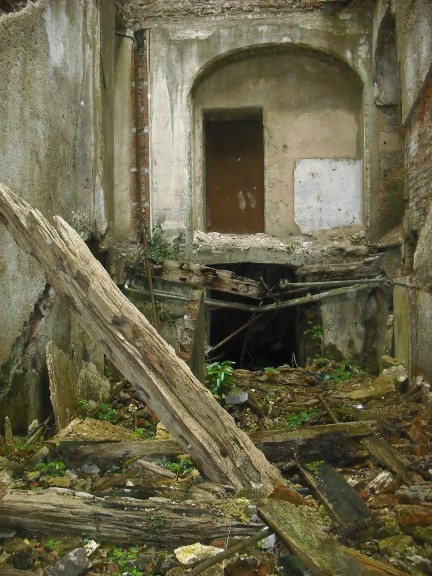
Click here for the Full Gallery. A Small Screen Friendly Version.
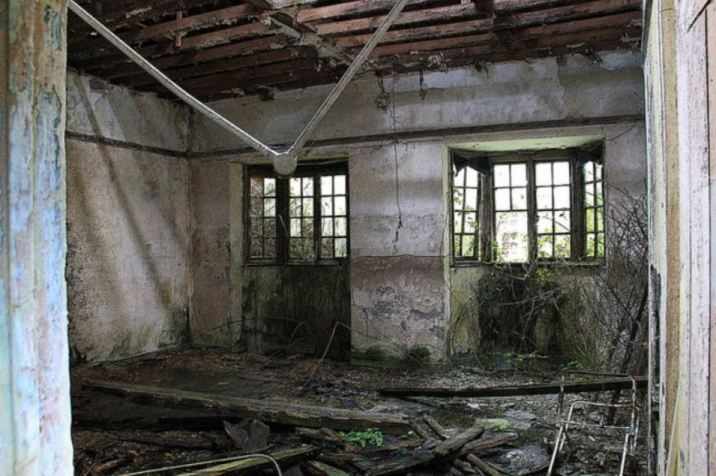
Click here for the Full Gallery. A Small Screen Friendly Version.
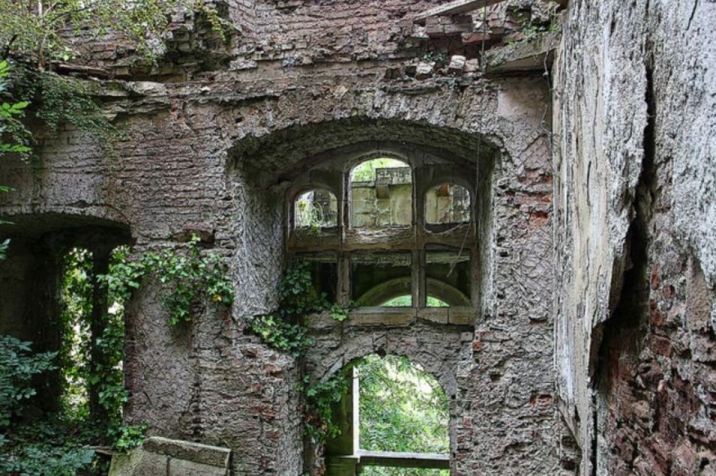
Click here for the Full Gallery. A Small Screen Friendly Version.
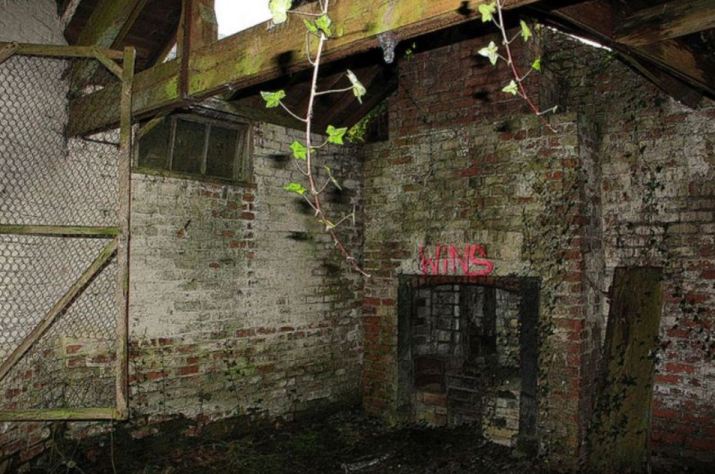
Click here for the Full Gallery. A Small Screen Friendly Version.
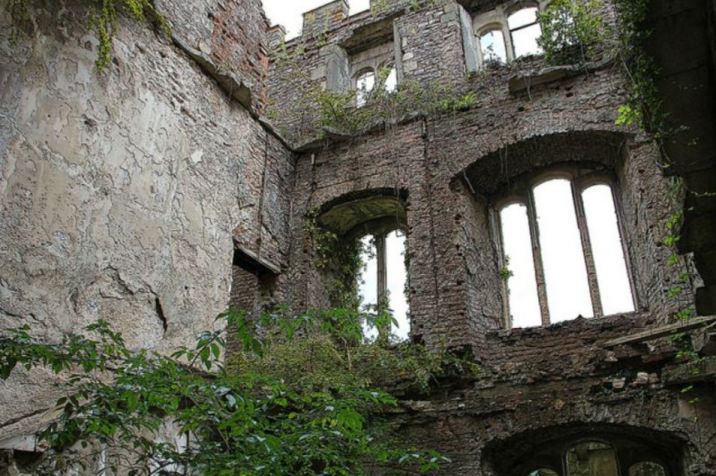
Click here for the Full Gallery. A Small Screen Friendly Version.

Click here for the Full Gallery. A Small Screen Friendly Version.

Click here for the Full Gallery. A Small Screen Friendly Version.
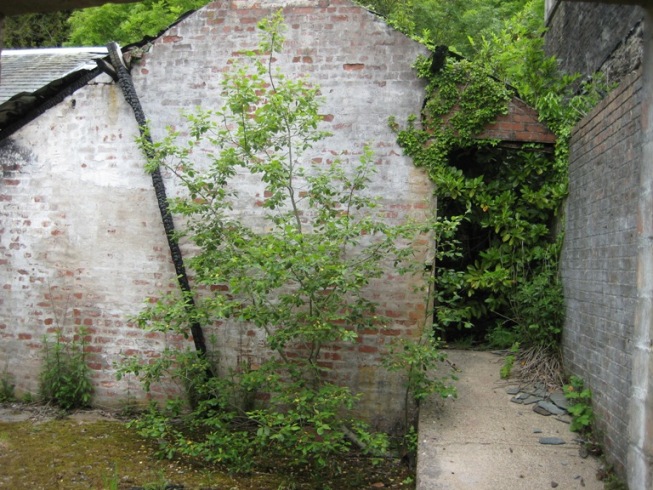
Click here for the Full Gallery. A Small Screen Friendly Version.

Click here for the Full Gallery. A Small Screen Friendly Version.
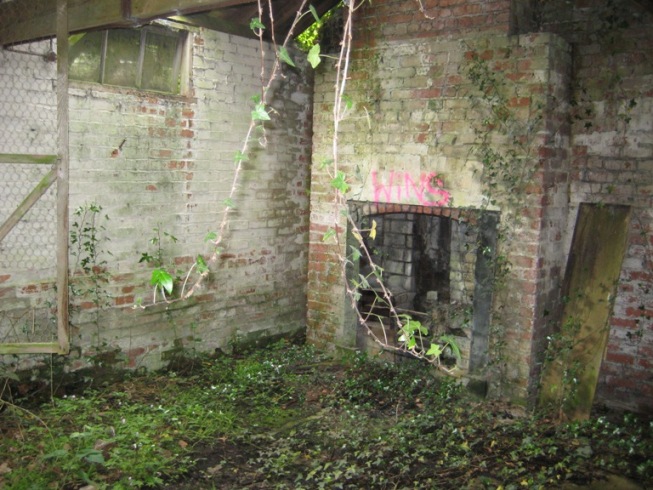
Click here for the Full Gallery. A Small Screen Friendly Version.
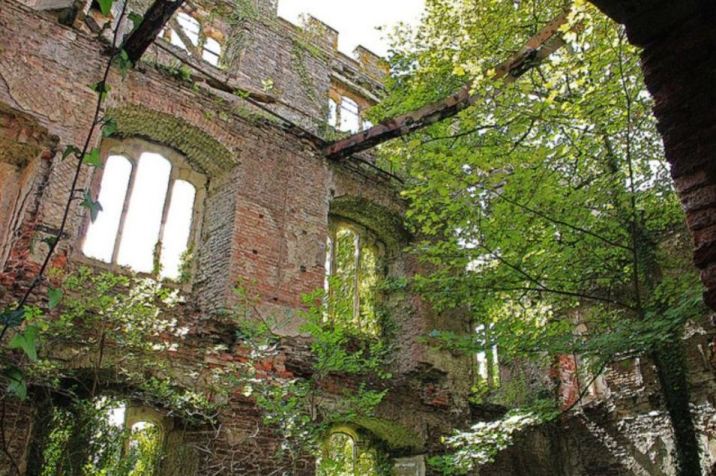
Click here for the Full Gallery. A Small Screen Friendly Version.
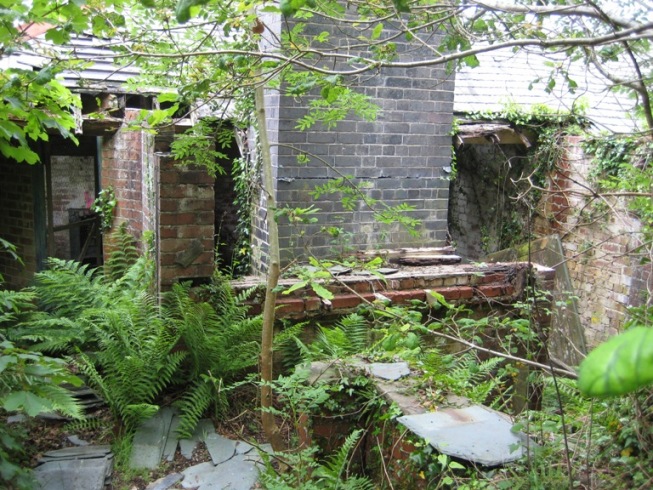
Click here for the Full Gallery. A Small Screen Friendly Version.

Click here for the Full Gallery. A Small Screen Friendly Version.
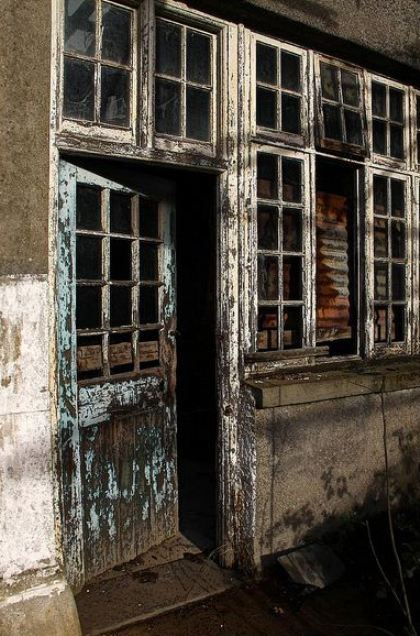
Click here for the Full Gallery. A Small Screen Friendly Version.
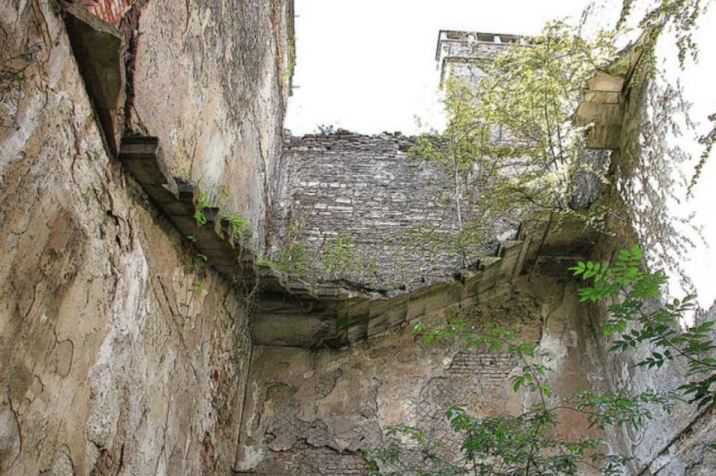
Click here for the Full Gallery. A Small Screen Friendly Version.
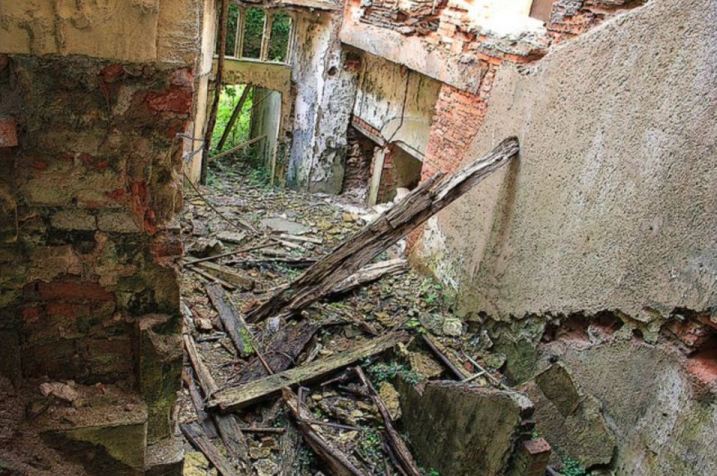
Click here for the Full Gallery. A Small Screen Friendly Version.
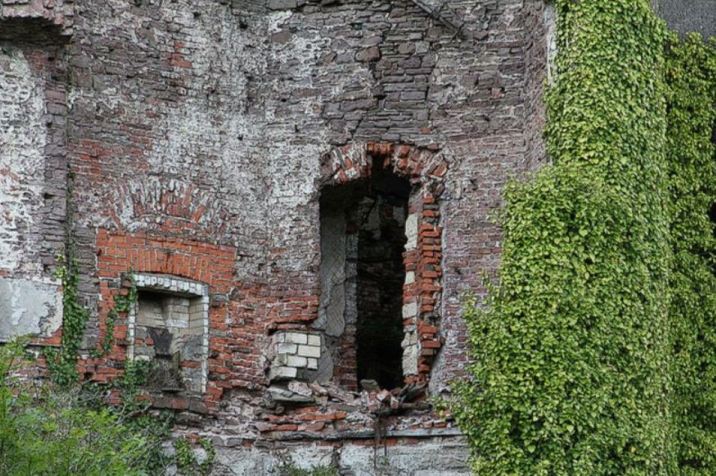
Click here for the Full Gallery. A Small Screen Friendly Version.
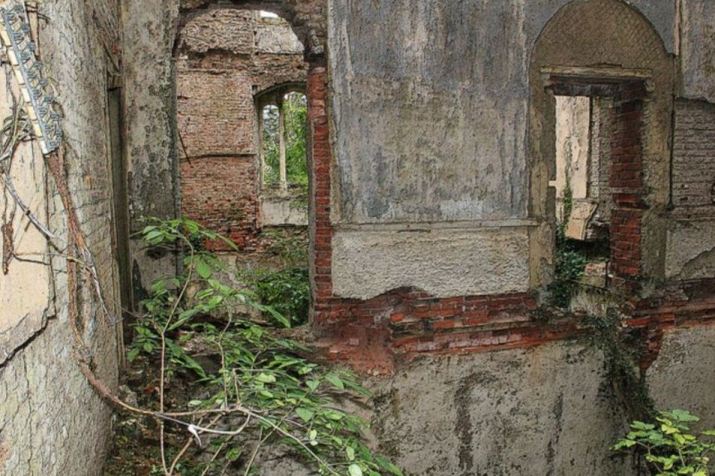
Click here for the Full Gallery. A Small Screen Friendly Version.

Click here for the Full Gallery. A Small Screen Friendly Version.
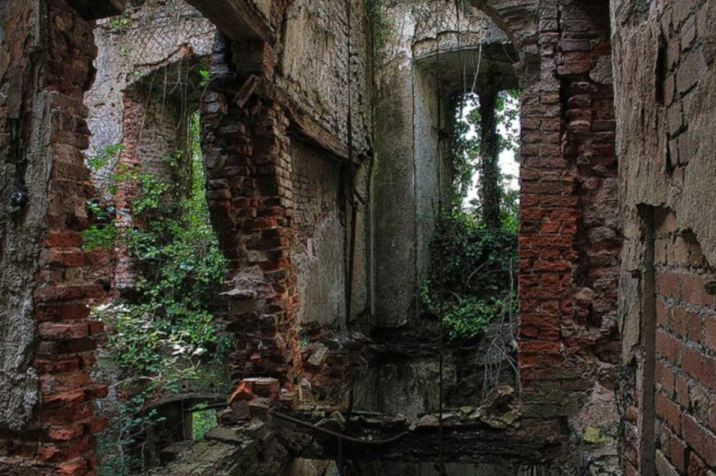
Click here for the Full Gallery. A Small Screen Friendly Version.
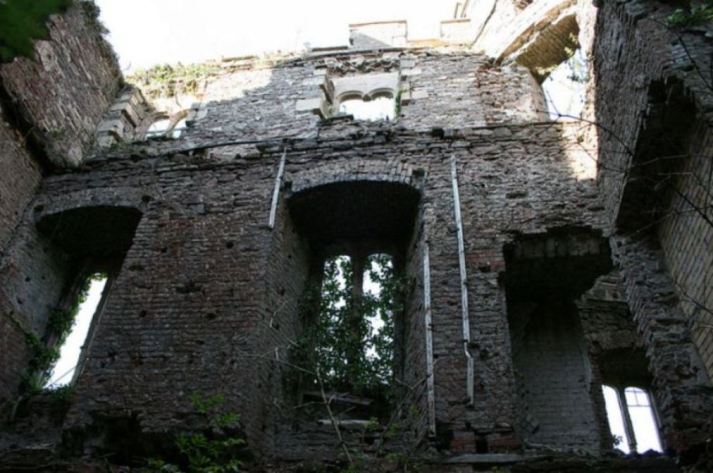
Click here for the Full Gallery. A Small Screen Friendly Version.

Click here for the Full Gallery. A Small Screen Friendly Version.
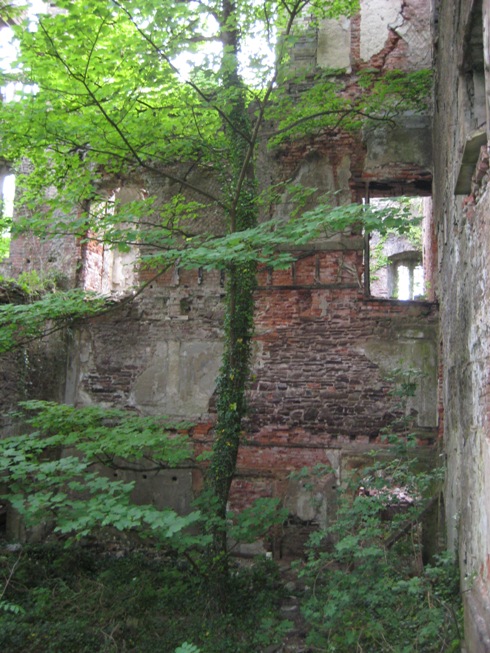
Click here for the Full Gallery. A Small Screen Friendly Version.
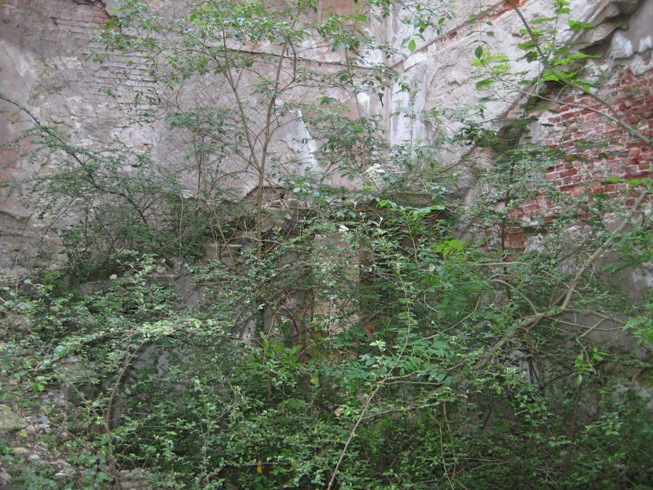
Click here for the Full Gallery. A Small Screen Friendly Version.
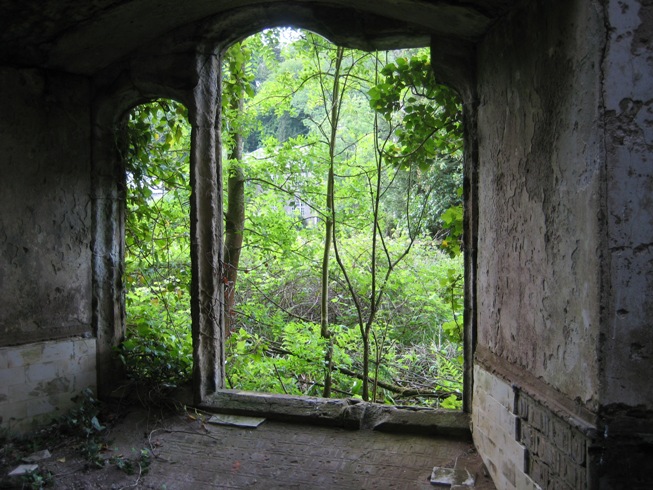
Click here for the Full Gallery. A Small Screen Friendly Version.
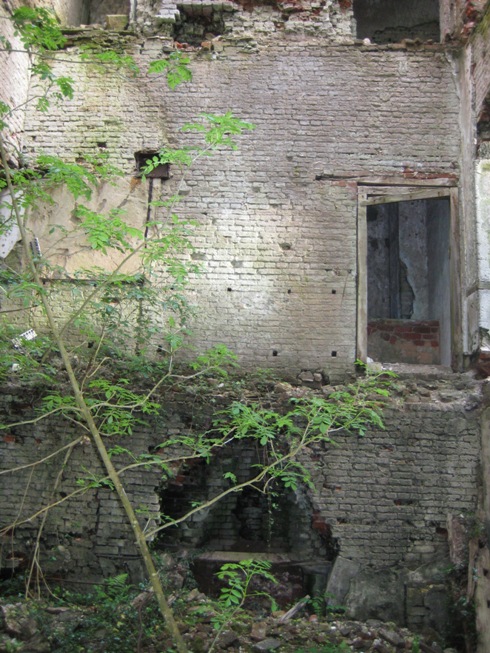
Click here for the Full Gallery. A Small Screen Friendly Version.
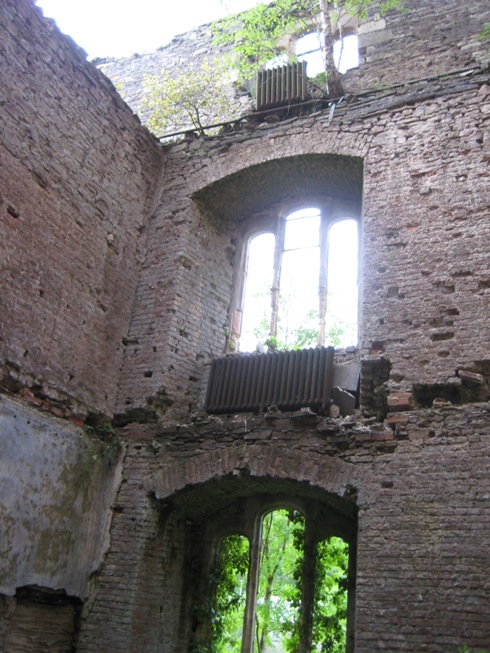
Click here for the Full Gallery. A Small Screen Friendly Version.
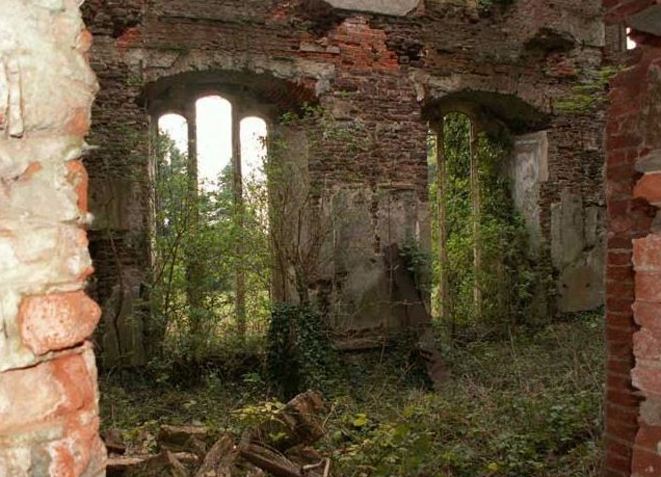
Click here for the Full Gallery. A Small Screen Friendly Version.
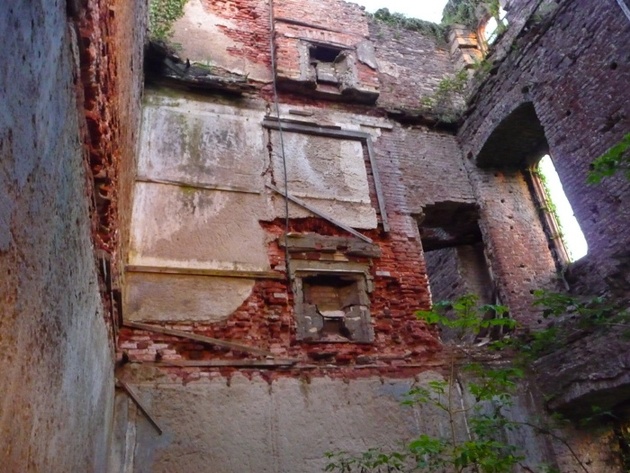
Click here for the Full Gallery. A Small Screen Friendly Version.
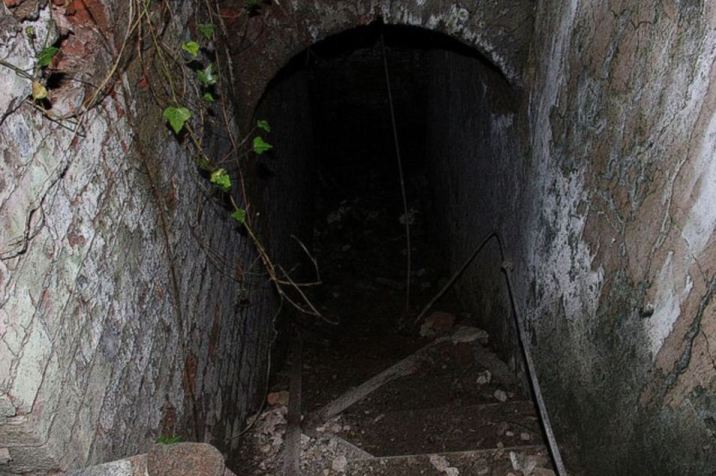
Click here for the Full Gallery. A Small Screen Friendly Version.
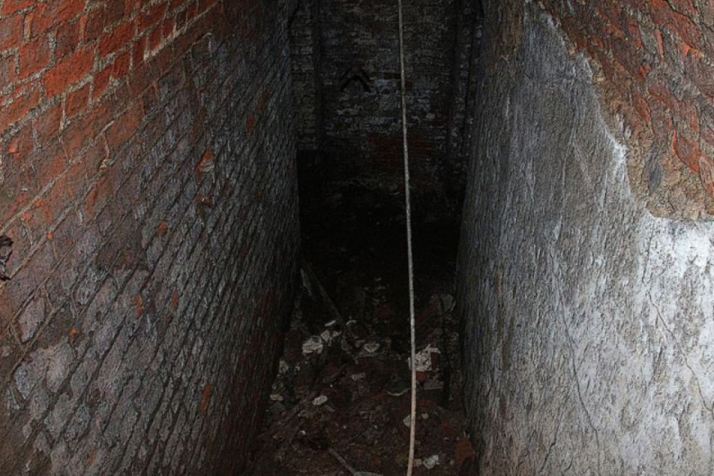
Click here for the Full Gallery. A Small Screen Friendly Version.
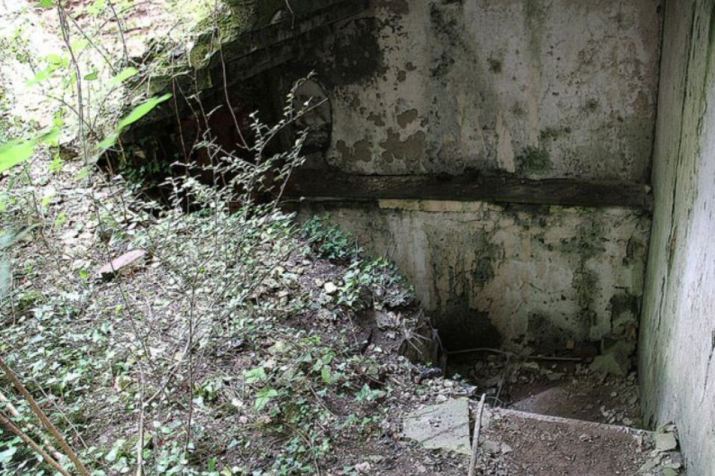
Click here for the Full Gallery. A Small Screen Friendly Version.
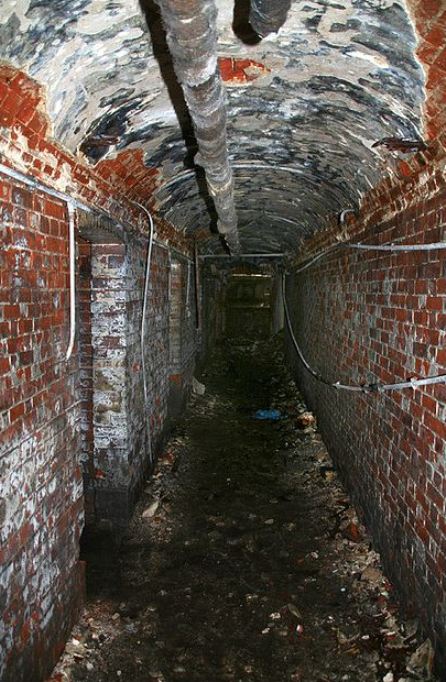
Click here for the Full Gallery. A Small Screen Friendly Version.
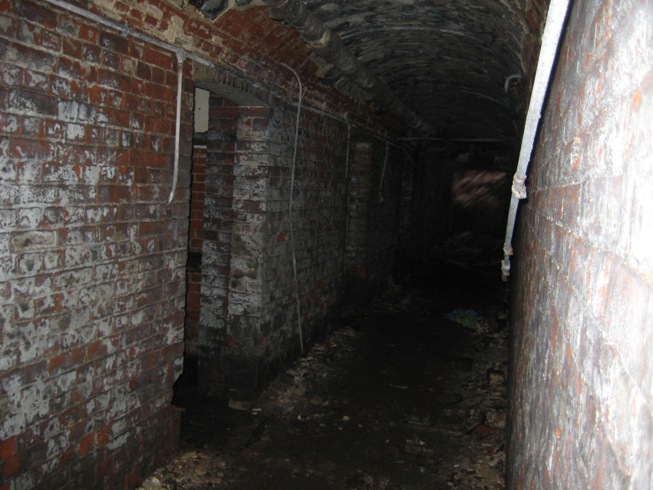
Click here for the Full Gallery. A Small Screen Friendly Version.
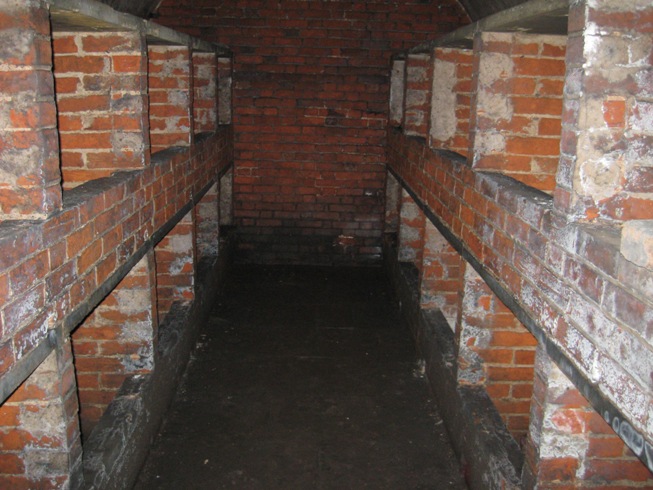
Click here for the Full Gallery. A Small Screen Friendly Version.
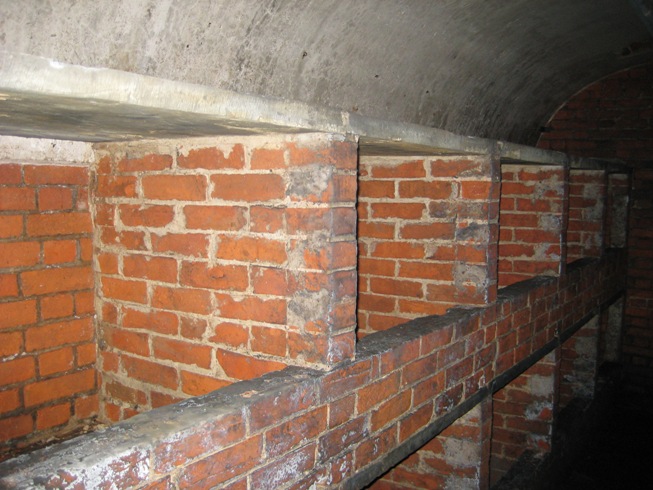
Click here for the Full Gallery. A Small Screen Friendly Version.
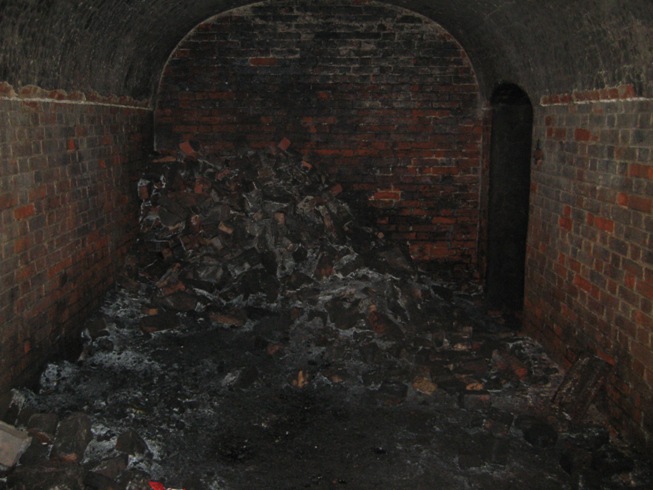
Click here for the Full Gallery. A Small Screen Friendly Version.
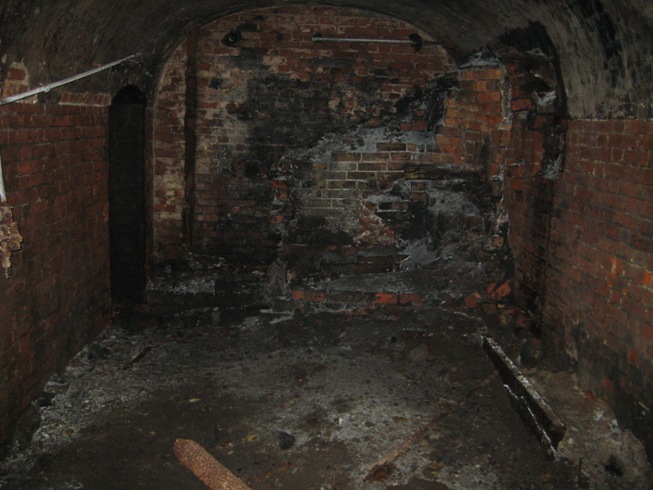
Click here for the Full Gallery. A Small Screen Friendly Version.
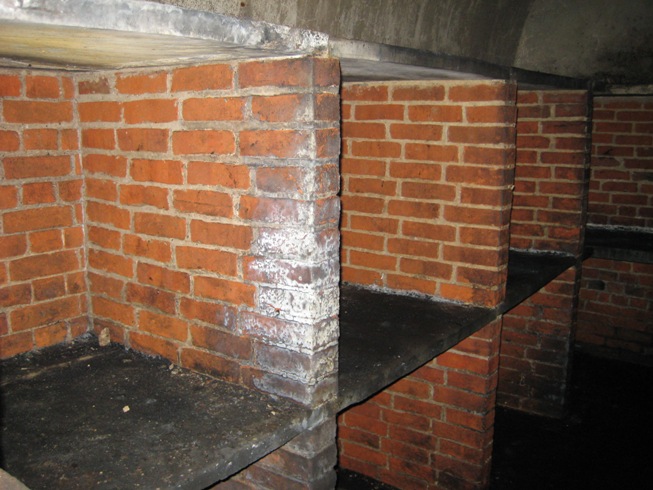
Click here for the Full Gallery. A Small Screen Friendly Version.
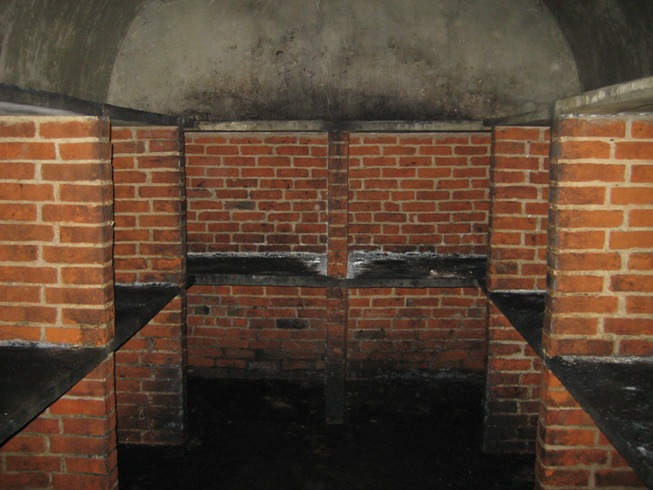
Click here for the Full Gallery. A Small Screen Friendly Version.

Click here for the Fadeshow. A slideshow of the Castle.

Click here for the Fadeshow. A slideshow of Castle interiors.

Click here for the Fadeshow. A slideshow of the Stables.

Click here for the Fadeshow. A slideshow of the Cottages.
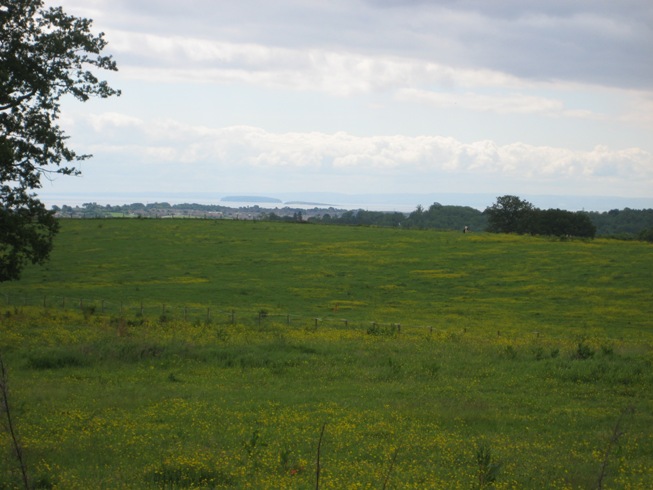
Click here for the Fadeshow. A slideshow of Ruperra Grounds.
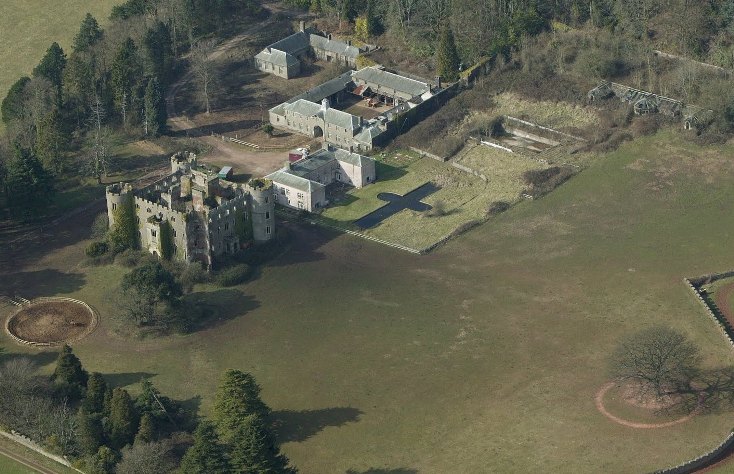
Click here for the Fadeshow. A slideshow of Aerial Views.

Click here for the Fadeshow. A slideshow of historic images.
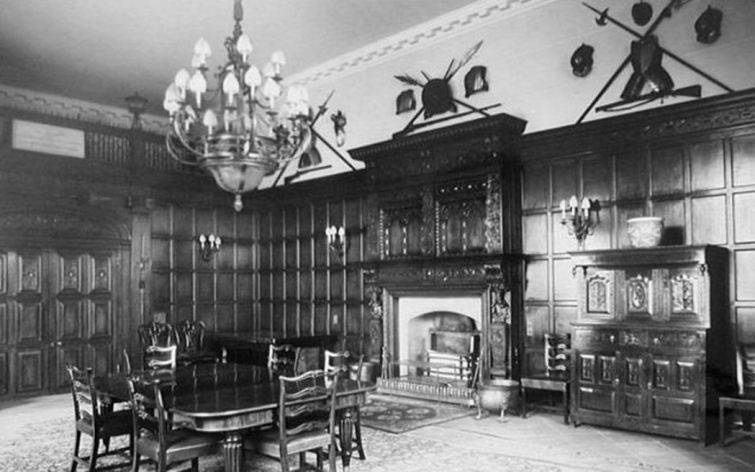
Click here for the Fadeshow. A slideshow of historic interiors.
Ruperra Castle Gallery
Ruperra Castle Estate
Ruperra Castle is a Grade II Listed Building and Scheduled Ancient Monument currently standing in 16 acres of beautiful historic parkland between Newport and Cardiff in South Wales, U.K.
The main house is now in a critical condition and requires urgent attention to save it.
The stable block is less problematic but extensive work is required to bring that back from the brink too.

Other buildings in various states of direpair include a pair of Cottages, a Generator House and an Orangery.
The site requires an indiviual with deep pockets and a burning desire to restore the site to it's original condition and use.

About This Website

This website has been created in order to gauge local appetite for rescuing the beautiful Ruperra Castle Estate. Restoration of the Castle to its original condition by making full use of the stables, ancilliary buildings and land, opening the gardens and grounds to the public and eventually parts of the main house as well, may just save this national monument and treasure.
The photographs were taken during a survey of the site with the owner back in 2012.
Contact Us